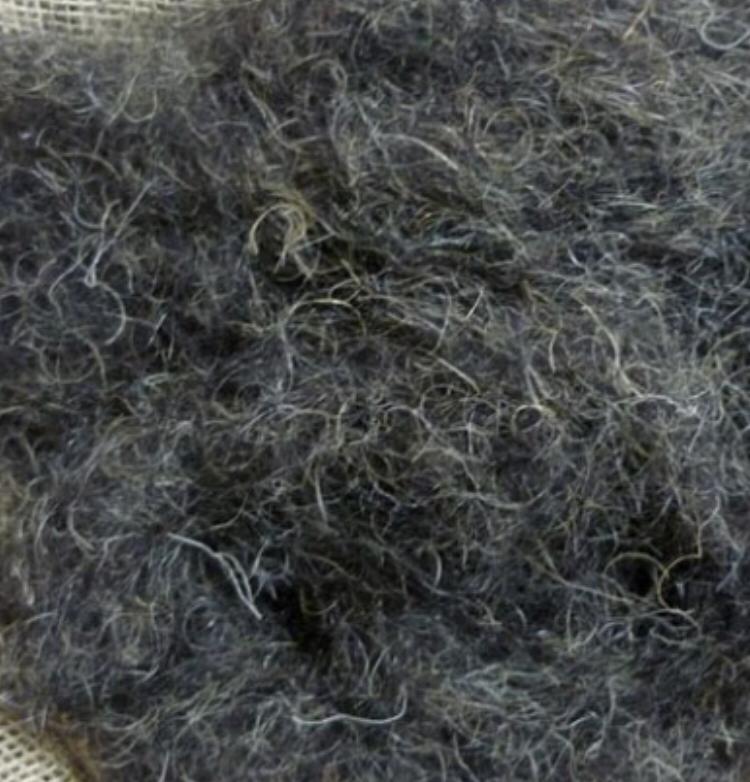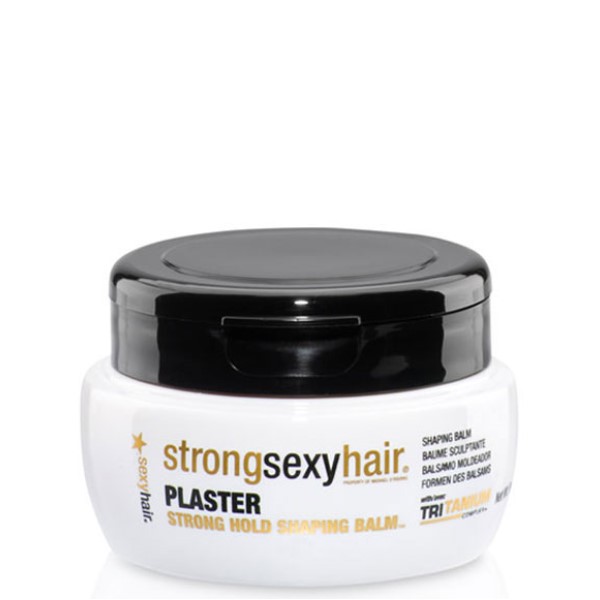

Oil-based paints offer excellent coverage but have strong odors while enamels provide superior durability but can be difficult to apply.Īcrylics also offer good coverage with minimal odor but may not last as long as other types of paint finishes. Latex paints provide good coverage with minimal odor but may not be suitable for high-traffic areas due to their low durability rating. It is important to select a sheen that best suits your needs. Flat paints are great for hiding imperfections in the wall surface while semi-gloss or gloss paints are better suited for areas that require frequent cleaning such as kitchens and bathrooms. Paint sheens range from flat to glossy and each has its own advantages. These paints are also easy to clean up with soap and water, making them ideal for interior applications like horsehair plaster walls. Latex primer helps seal the surface, while flat latex wall paint provides a durable finish that resists dirt and fading over time.
#Animal hair in plaster how to#
When it comes to how to paint horsehair plaster walls, latex primer and flat latex wall paints are the best choices. Choosing the Right Paint for Horsehair Plaster Walls This includes choosing an appropriate sheen level, understanding paint types and finishes, and considering color options. Once the walls are properly prepped, you can move on to selecting the right paint for horsehair plaster walls. Allow plenty of drying time between each coat for the best results. Oil-based paints require an oil-based primer while latex paints should be used with a latex-based primer.Īpply two coats of primer evenly across the surface with a paintbrush or paint roller, making sure not to miss any spots. Apply PrimerĪfter cleaning and repairing your horsehair plaster walls, it is essential to choose an appropriate primer depending on what type of paint you plan on using later. Wipe down again with a damp cloth to remove any residual dust before applying primer and paint coats. Allow ample time for drying after patching so that no moisture remains when priming begins.

Sand the walls down with fine-grit sandpaper (150-220) before applying primer. If you find any damage on your horsehair plaster walls, fill them with spackle or joint compound and let them dry completely. Once you have cleaned the walls, inspect them for any cracks or holes that may need to be patched up before painting. If there are any areas that need extra attention, such as grease spots or stains, use a cleaner specifically designed for removing these types of substances. To do this, use a damp cloth or sponge with warm water and mild detergent to remove any dirt or debris from the surface of the wall.

This will help ensure that the paint adheres properly and lasts longer. Cleaning the Wallsīefore painting horsehair plaster walls, it is important to clean them thoroughly. Preparing the surface before painting is essential when it comes to achieving a professional-looking finish on your horsehair plaster walls. ( Source) Preparing the Walls for Painting If you have an old home with this type of wall, you’re probably wondering how to paint horsehair plaster walls. One major benefit of horsehair plaster is that it can be applied directly onto existing walls without having to remove any material first- which makes installation much easier than with traditional plasters.Īdditionally, its composition provides extra strength compared to other types which means it will last longer even under harsh conditions like high humidity levels or cold temperatures. It also contains some additives such as gypsum or Portland cement for increased durability against weathering elements like moisture or temperature fluctuations. Horsehair plaster is made up primarily of lime, aggregate (such as sand), animal hair, water, glue, or size (a form of adhesive) which helps bind everything together during application. Composition and Benefits of Animal Hair Plaster Today, horsehair is still widely used in older South Shore and Boston-area homes due to its proven strength and longevity. New additives made it more durable and long-lasting.

This allowed the mortar and plaster layers to “grip” onto the wood while drying, creating a stronger bond than other plasters.Īs technology improved over time, so did horsehair plaster. The practice originated in Europe but quickly spread to North America as homebuilders began using this type of plaster on wooden lath boards nailed to studs. Horsehair plaster has been used in homes since the early 1900s when it was discovered that adding animal hair to lime and aggregate created a strong mixture for binding.


 0 kommentar(er)
0 kommentar(er)
